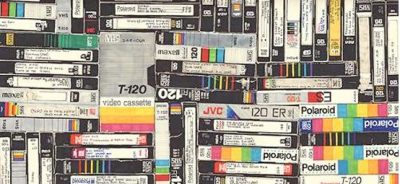
Lately, we have been able to experience a strange trend based on resurrection of a very awkward medium most millennial students have long forgotten or never interacted with: the VHS tape. The mysterious and outdated home movie format that some of you may or may not remember since the coming of DVD’s, Blu Ray discs and streaming services has surely made a trendy comeback. Its strange, and quite honestly terrible, quality, has snuck back into the mainstream, creating a nostalgic mood in almost every millennial who gets a glimpse of any video with that signature VHS quality look. Falling for the trend, I decided to take a look at some of the movies available in the Media Library for checkout by any student at UNT, and I surely found some hidden gems.
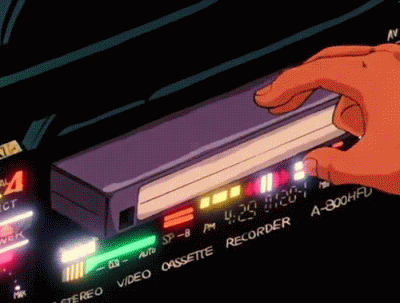

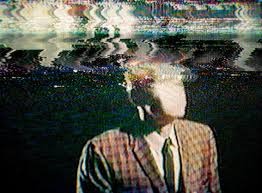
The first of this films found on the remaining rack of VHS tapes available for check out by any student who dares to enter the Media Library, is a Japanese film from 1989 titled Black Rain (MV 2574) directed by Shohei Imamura.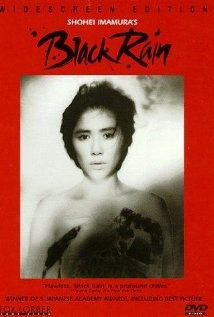
This film is one of the most critically acclaimed of its time, not only in Japan, but by the global film community. It is often too easy to get caught up in western award winning films (since they are more accessible) but let me guarantee that looking towards the east for some noteworthy films is never a bad idea, and this film is a true testament to that. This film follows the journey of a family through the years that followed their exposure to the atomic attacks on Hiroshima and Nagasaki and allows the audience to see a whole new side to this tragic point in world history. The film starts with an aggressive showcase reflective of the violent images seen by many who were exposed to the atomic power of the bombs dropped on Japan, and smoothly takes you from that violent day on towards the distant future, further exploring the harsh realities of a community infected by radiation poisoning.

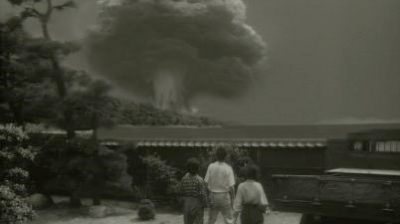
The film does a brilliant job of showcasing issues that faced many Japanese individuals and their communities and creates a microcosm for the reality which so many lived day in and day out after these attacks. The film provides a new perspective for a western viewer and is also very easily categorized as a film masterpiece. The camera work is intentional and innovative, the dolly and track movements impressively executed and the framing of the film is blissful, yet direct and personal. This film having won not only 9 awards in 1989 at The Japanese Academy Awards, including Best Film, Best Cinematography, and Best Director, but also won the Technical Grand Prize at Cannes Film Festival that same year along with plenty of other notable mentions from festivals and critics worldwide.
So if you want to take a look at something perhaps a little out of the ordinary and have an old VHS player sitting at home (also available at the Media Library: VCRs) , I highly recommend you take a look at Black Rain, and dive into a nostalgic and tragic look into the world of the East post WWII.
Post by Special Projects Student Assistant Cesar Velasco



Leave a Reply